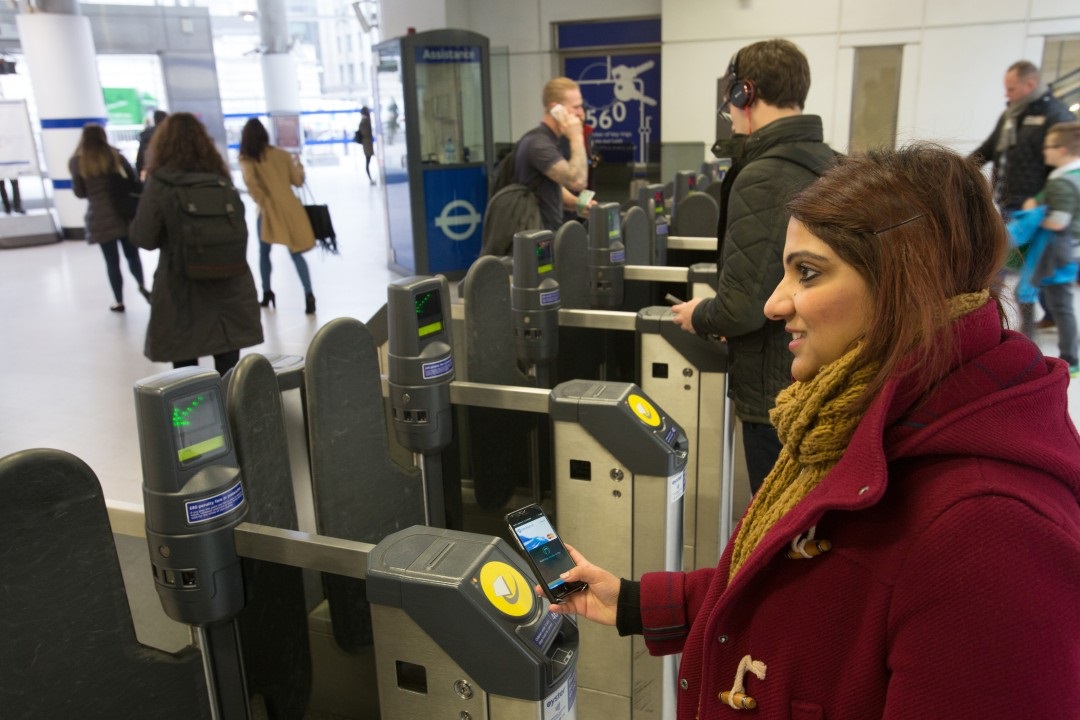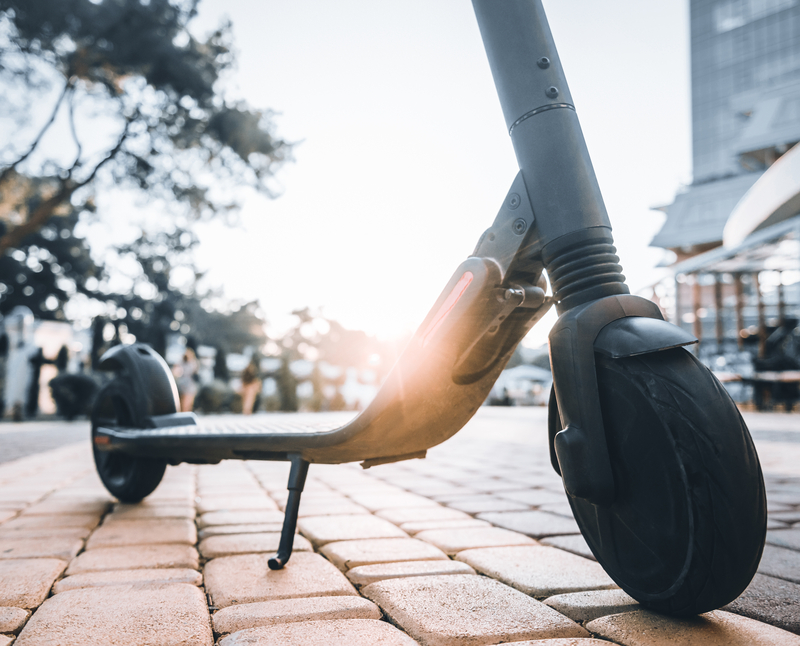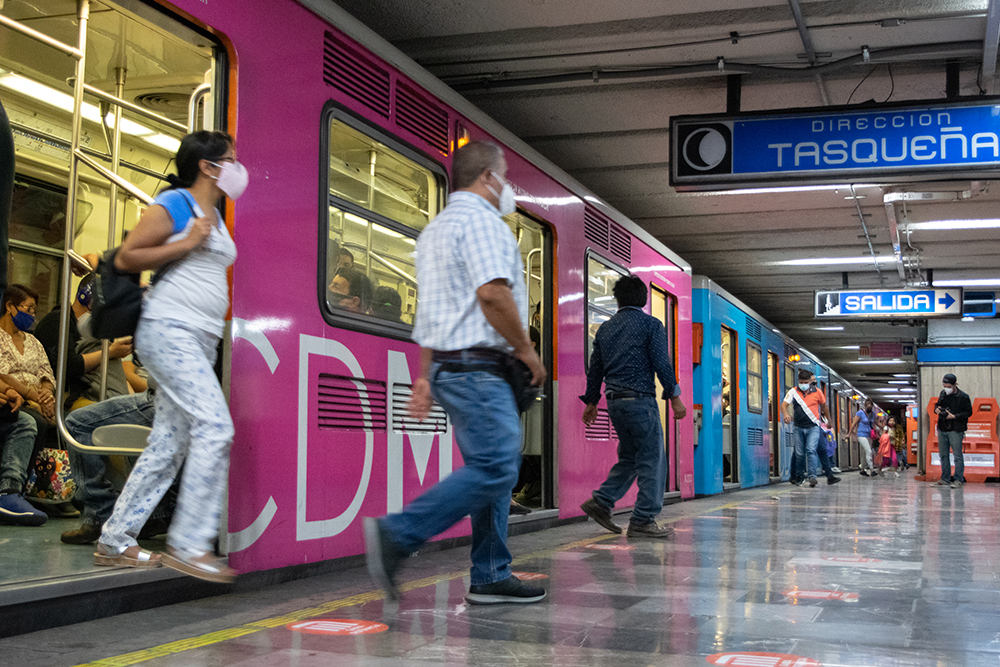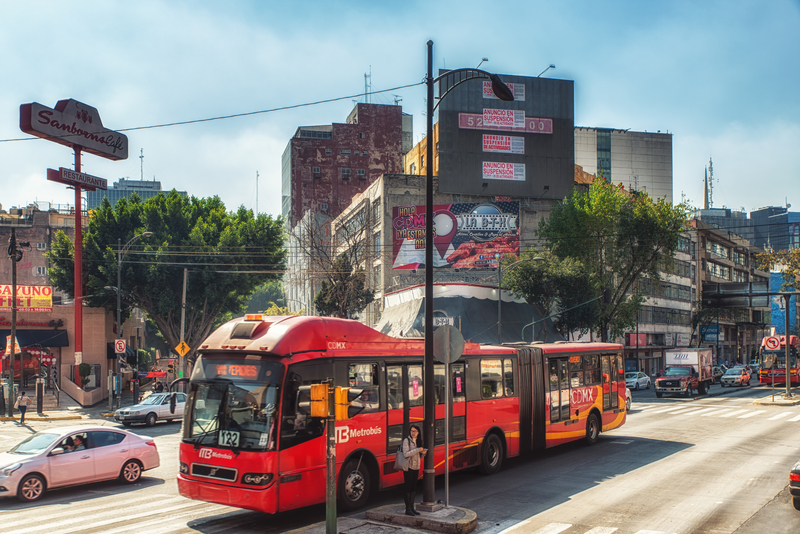
Mobility is a cornerstone of society that provides the means for much more than just getting to work. It gives people access to nearly every facet of life including healthcare, groceries, recreation, and more.
It’s for that reason that Cubic’s mission is centred around the belief that mobility is a fundamental right for all - regardless of income, gender, disability, or ethnicity. However, the important question we must ask is: was the current state of mobility designed with that same belief in mind?
Mobility: A system designed for gender and accessibility bias
Like most of our infrastructure and society, mobility was built through the lens of men and around the notion of men travelling for work. It wasn’t a big need for women decades if not centuries ago, since they mostly stayed home and could walk to the places they needed to access most frequently. This way of thinking is also the reason for the lack of elevators in stations, access ramps or a system designed with visually impaired individuals in mind. Mobility was simply put in place for the able-bodied male.
Fortunately, times have changed. Now more than ever, women around the world are obtaining hard-earned degrees, going to work, and pursuing careers, as well as relying on mobility to access other places they need the most. But does the current mobility ecosystem accommodate for that?
Impact on mobility: Who is the consumer?
Companies spend a great deal of their marketing budgets identifying customer personas in an effort to unlock their physiological mindset and speak to the emotive part of the brain that influences purchase decisions.
Why hasn’t the same been done for transport? Though Transport for London has published and leveraged data for years to increase safety for female riders and employees, many agencies have only started collecting such data as late as 2019. When Los Angeles Metro decided to collect gender-specific data, there was no other North American city it could look to for reference or inspiration. Therefore, Los Angeles Metro developed its own research plan that combined data from past customer surveys with new questionnaires, focus groups, and workshops.
The following report, which was released in September 2019, revealed many shortcomings, such as harassment women face, safety concerns on their commute – even during the day, disconnected journeys that would cost more than they could afford to get around, and scheduling issues.
These are common yet often overlooked problems with current mobility systems because the necessary data is seldom available and where it is, data could be inaccurate still, since a large portion of travellers globally rely on non-digital tokens to pay, thus their transactions aren’t accounted for. But they will be the ones using the system the most.
Obtaining that data and using it to improve mobility should be a priority because, as with any product or service sold, unhappy customers will move on to one that better fits their needs. If more women would rather travel via private vehicle or ride-share service, it will have a direct impact on transit agencies’ revenues.
Driving cultural change within the transportation industry
Once it’s known who the consumers of mobility are, how they use it, and why they use it, all the problems that need fixing become apparent. So how, then, do we go about making these improvements to fit the needs of women that have for so long been overlooked?
At the top of the list is safety for female travellers. APTA recently reported that 79% of buses in the US have been fitted with a camera to increase safety, which is greatly encouraging, but what about getting to the bus stop? 47% of respondents from LA Metro’s survey said they didn’t feel safe waiting at bus stops during the day. Are there adequate cameras and lighting to help women feel safe as they walk to the bus stop or train station?
Pricing is another issue. Instead of single, longer journeys, more people are making multiple, short trips during the day, which can become costly when paying via disparate systems, especially for lower-income travellers.
The voices of these users need to be at the table within organisations and legislators who are making decisions on spending, technology deployments, and policy creation. That means the industry as a whole needs to do more to attract and retain women into the field. In the age of the great resignation, women aren’t willing to settle for roles that fail to provide adequate opportunities and work environments, so organisations must review the benefits, policies, and protocols they have in place. These may range from maternity and paternity packages, objectives for maintaining a certain percentage of women in the workforce, having women interview female candidates, and more.
Initiatives like ITS America’s MobilityXX pledge, which Cubic has proudly signed, aim to answer these questions and increase the number of women in the transportation sector by 10% in 10 years while encouraging other organisations to take up the pledge or pursue similar endeavours. In the UK, Cubic has also signed up to the STEM returners programme, making it a priority to ensure they actively try to find women candidates especially those who may have taken a career break and need help getting back into the workplace.
Women leading mobility: The future outlook
If the pandemic is any indication, women are absolutely ready to take prominence throughout the world. Countries led by women had significantly better responses and half as many deaths from Covid-19, with a study by the Centre for Economic Policy Research and the World Economic Forum suggesting that it “may be explained by the proactive and coordinated policy responses” carried out by female leaders. What would the future of mobility look like with similarly ambitious women at the forefront? We only have to look at women leading the way today to be filled with hope for what can be achieved tomorrow.
In 2016, Miriam Gonzalez launched GeoChicas in Mexico to give women the chance to add services - hospitals, childcare, domestic violence shelters, and reproductive health clinics - that are often overlooked by male contributors to the open source maps that feed into Apple and Google. Since then, GeoChicas has expanded to dozens of countries and carries out projects to design and promote maps and urban planning that centre on women.
In the UK, Stagecoach made waves in 2020 by appointing Carla Stockton-Jones as managing director, making her the first woman to lead a private sector multimodal public transit organisation in the country. The company has since raised female representation at its operations board to 42% as it continues to provide a platform for women to lead in the industry.
As women are already demonstrating, they have been long ready to contribute to the transportation industry and benefit from a renewed focus on them as customers. There is still much to be accomplished, but the industry can take a big step in addressing the work by giving women the power to drive lasting change into the foreseeable future.
ABOUT THE AUTHOR:

Krishna Desai is senior global marketing manager of Cubic Transportation Systems












